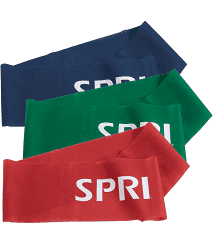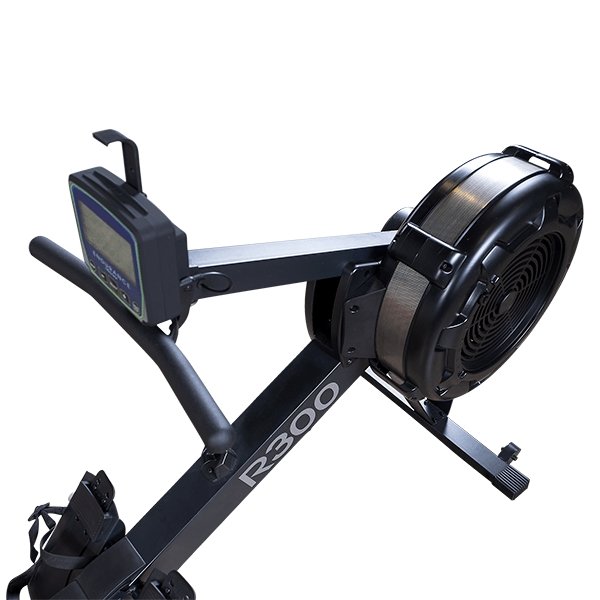A Crossfiter’s Guide on How To Train Around A Meniscus Injury
Logerstedt D, Scalzitti D, Scalzittie D, et al. Knee Pain and Mobility Impairments: Meniscal and Articular Cartilage Lesions Revision 2018. Journal of Orthopedic and Sports Physical Therapy. 2018;48:(2): A1-A50.
Is your knee and injured and your frustrated on how to keep training without re-injuring your knee? This video helps you train around your meniscus injury.
A torn meniscus is one of the most common knee injuries. The meniscus acts like a cushion and stabilizer between your thigh bone and shin bone. It is shaped like a C and is made of fibrocartilage and is tough however can be injured by a plant and twisting motion of the leg.
Common Causes: Twisting and rotational with the foot planted, awkward landings
It commonly has a delayed swelling within the knee from 6-24 hours later.
Possible Symptoms are:
Catching
Locking
Pain with full straightening of the leg
Tenderness to the touch at the joint line
Swelling
It should be noted this is not intended to replace physical therapy but a guide on what you can and can’t do in the gym while recovering from a meniscus injury.
Physical Therapists are trained to perform special tests and measures to determine if there is a meniscus tear and it confirmed by an MRI. The cost of an MRI is very expensive and your first line of defense in both acute (new) or chronic (old) injury is Physical Therapy.
Physical Therapists follow a protocol according to the phases of healing to not “disrupt” and “protect” the site of injury while building strength and correct any possible contributions to the injury.
Phase 1 Acute -Training (Generally the first week)
Goals of this phase to achieve full extension (straightening)
You might as well consider this an active rest week and focus on Mobility/Flexibility, core strength and accessory work or focus on a upper extremity cycle (Push Press/Bench Press)
If your pain is minimal consider these guidelines:
DONT’s: No Jumping, Running, step ups, squatting or weighted leg exercises, hard landings, or Rowing
DO: Bike, Ski Erg, swim, Mobility work, core strengthening, and accessory work. Quadricep and glute med strengthening: Wall slides, Terminal knee extensions, Prone Hangs, Quad sets, Straight leg raises
Watch my video above for demonstrations of the exercises.
Needed Equipment for Phase I
Assault Bike
The bike helps to maintain range of motion and allows for increased perfusion to promote healing.
Make sure to keep your seat as high as possible to make it less painful.
Resistance Bands
They have many uses and can fit right into your gym bag. These bands are crucial to initial phase of recovery.
Phase 2 Training ( Minimal/no swelling) When you have achieved Full Extension -Straightening
Goals of this phase is to restore knee bending
DONT’s: No Jumping, Running, step ups, squatting or weighted leg exercises or high impact.
DO: Continue exercises from previous phase and Row, Bike, Weighted Walking with Dumbells/Vest/Sand Bag, lunges (large knee angles) unweighted, Body weight Squats to a box to limit knee bending
Watch my video above for demonstrations of the exercises.
Use Caution as you can do too much too early which can set you back. Listen to your body. If the swelling significantly increases you may want to regress phases.
Needed Equipment for phase 2
A strengthening gym staple- The Sand bag
Walk with a sand bag is a great way to maintain strength without aggravating your injury
Helps improve knee bending without the impact. It’s a great workout!
Phase 3 Training (Full Bending, minimal to no swelling)
Goals of this phase is to build back quad and hamstring strength.
DONT: No Jumping, Running, squatting or high impact (box jumps).
DO: Continue exercises from previous phase, soft tissue work, Row and Bike. Can now do power movements if pain free. Can now add Single leg press, Squats to parallel, Step downs with slow eccentric on low box, lateral lunges, pistol to a box, sled drags forward and back (slow)
Needed Equipment for phase 3
Try this to loosen up those muscle fibers!
Use this step for step downs or stack rubber plates to build a step.
Elevated pistol squats use a box at 24" to start to limit the knee bending.
Sled drags are where it's at. Go slow forward back and side ways!
Use Caution as you can do too much too early which can set you back. Listen to your body. If the swelling significantly increases you may want to regress phases.
Phase 4 Training (No swelling, Full Range of Motion, 90% Quad strength)
This phase is a full return to sport and you want to avoid swelling within 24 hours, if you do, you need to regress and decrease amount of squatting/running/jumping. Post activity soreness should resolve after 24 hours.
DONT: …..Just kidding . Free to return to full sport activities.
DO: Continue exercises from previous phase, soft tissue work, Begin full squats, full snatches, full cleans. I would wait a few more weeks for high volume pistols/running/wallballs.
REMEMBER: Do not move on from one phase until achieving the goal of the prior phase. The phases are purposeful to help promote healing.
**** If you don’t see improvement in 6 months with continued clicking/locking and popping it is time to see a physical therapist or your primary care for a referral to Orthopedic for an evaluation. It may take up to one year to fully recover depending on the severity of the tear and your activity level.
Join my Facebook group for easy conversations about injuries and more like minded people like you!
Link to Facebook Group Here
Disclaimer: Amy the PT girl is to be used for educational purposes only. It is not intended to diagnose or treat medical conditions. It is recommended you consult your healthcare provider before beginning any exercise program. If your condition does not improve or worsens, stop exercises and consult your physician right away.
If your looking for one-on-one guidance please feel free to contact me through email or submitting your information in the contact section. You can also find video’s of this exercise on my You Tube Channel.





